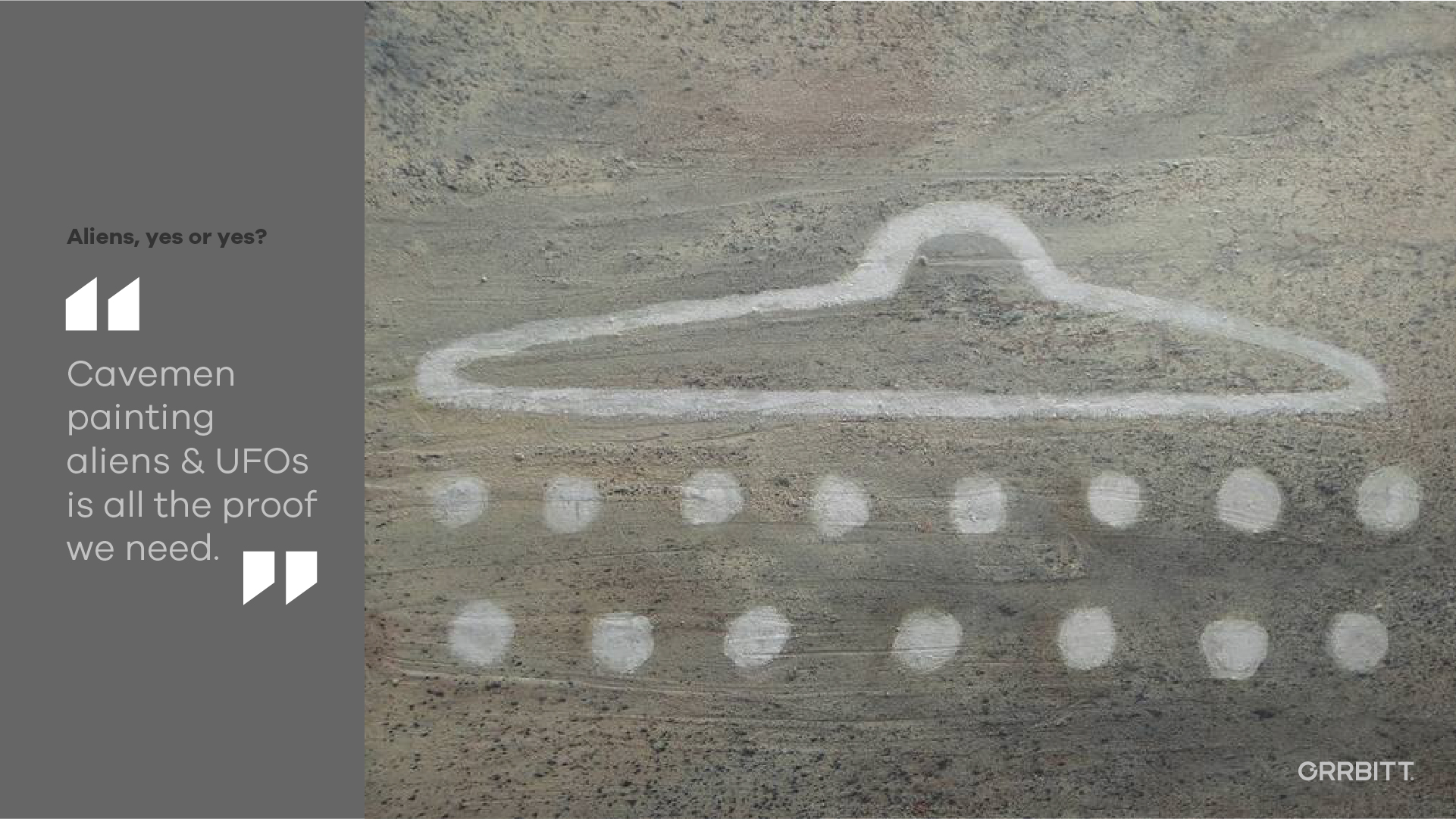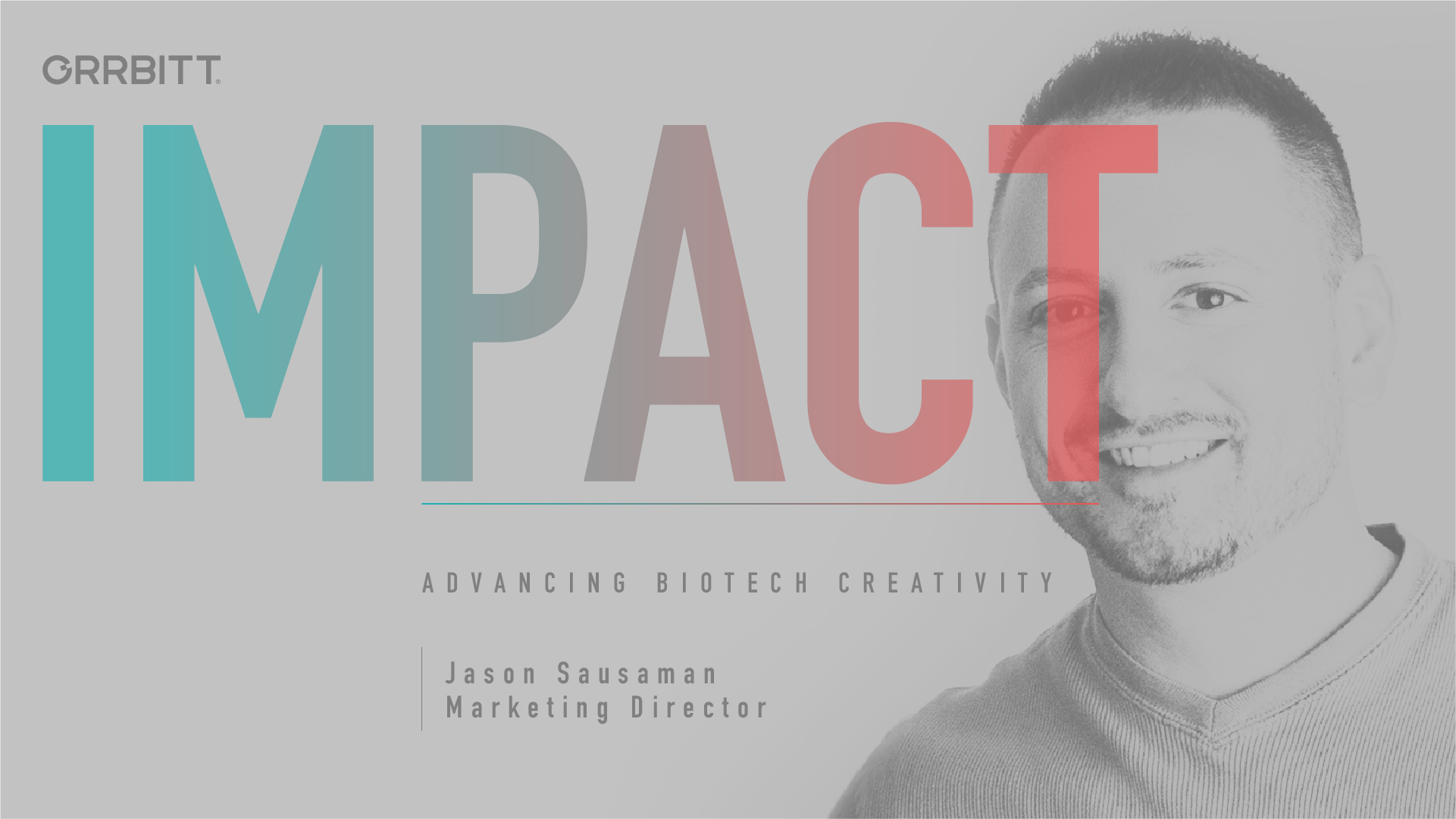Jason has designed, advertised & marketed for big brands like John Deere, Sherwin-Williams, Nestlé, HSBC Bank, and Goodyear. As Creative Director for American toy manufacturer STEP2, he mastered the Elmo voice during photoshoots with 3-year-olds. He then helped Earth blasters, rock crushers, aggregate movers, hole augers, shale frackers, oil drillers and gas line layers dust off their (in some cases) centuries-old brands.
Q: Would you say that you have always had a clear vision for your life?
A: Sort of, yes, but ultimately, no. I always knew I had enough ambition to be successful, however one defines success. But the path of life is mostly blind. You have no clue what could come next and reshape your life. 2020 was pretty wild, huh!
Q: What art made the most impact early in your life? And what art — any medium — moves you today?
A: I was oddly obsessed with Jean-Michel Basquiat in elementary school. Still am. As a kid, his art looked like other kids’ art. Meanwhile, I was always trying to make everything realistic and perfect. I still do that and have to stop myself. I learned quickly that anyone who judges something cantankerously, especially art, might think too highly of their own opinions in general. Avoid pessimists.
The art that moves me today is made by my kids. The way my kids explain their art is mesmerizing and hilarious.
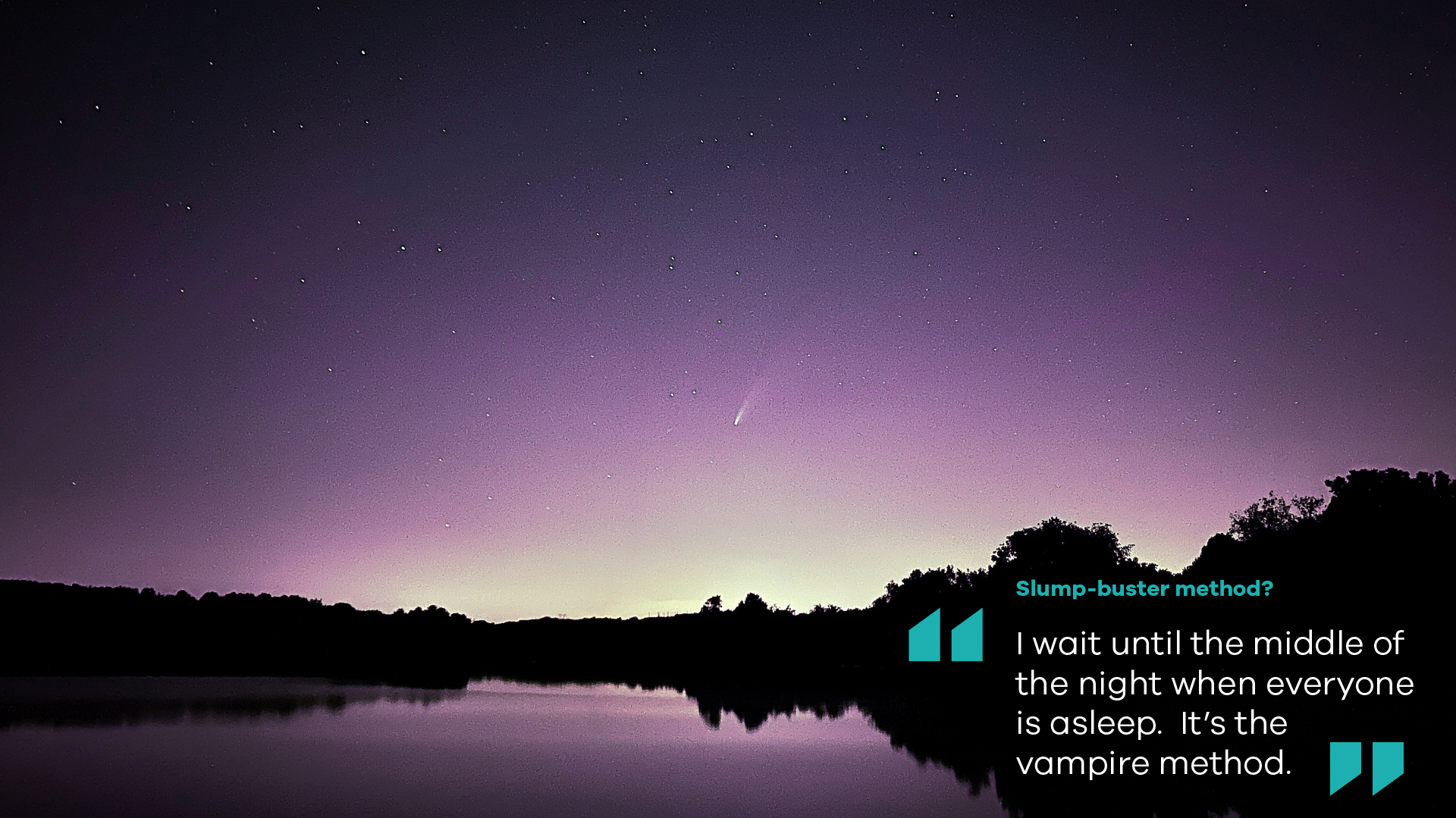
Q: What’s the coolest part about the cross section of art & science?
A: The ever-evolving tech that allows science to become more and more visual and digestible. Before computers and GUI, humanity had to rely on fine artists to interpret and draw science. DaVinci drew helicopters 400 years before the Wright Brothers. Copernicus depicted the heliocentric solar system. Cavemen painted animals and aliens. Now with 3D software and specialty graphic cards, Neo-bio artists help us see and comprehend complex proteins and molecular interactions. At Orrbitt, we know scientists are all artists, but they’re busy with science. So we help them show it.
Q: What medical science event / discovery / milestone impacted you whether or not you even knew it at the time? And you can’t say Covid.
A: The origins of the opioid epidemic. I lost a brother to it. It was enough pure, uncut carfentanil to sedate a few rhinos.
The dichotomy of this subject is frustrating. Some think it’s all the users’ faults. Some don’t consider it a disease, because it’s not “caught” like a flu virus or manifested like cancer. Opioids can turn into a virus of the brain. It can rewrite the code that makes us each unique and worthy. It’s a black hole of gravity very few can escape.
Purdue Pharma mislead the public throughout the 90s & 00s about the true dependency rates of opioids. The measly billions in fines is an abomination compared to the suffering my family, and millions more, continue to endure.
Drugs and pharmacology aren’t inherently evil. But people can be evil, and that’s the real story of the opioid crisis. It’s redeeming today working among biotech companies using both drugs and natural molecular therapies to save lives and relieve suffering.
Q: What have you gleaned from the life sciences industry, and how has it altered your outlook on the future of humanity?
A: That no matter what, we live in a Capitalist society, where money is the driving force for almost everything. But still somehow, these scientists, doctors, even investors, are dedicating their lives to miraculous medical cures.
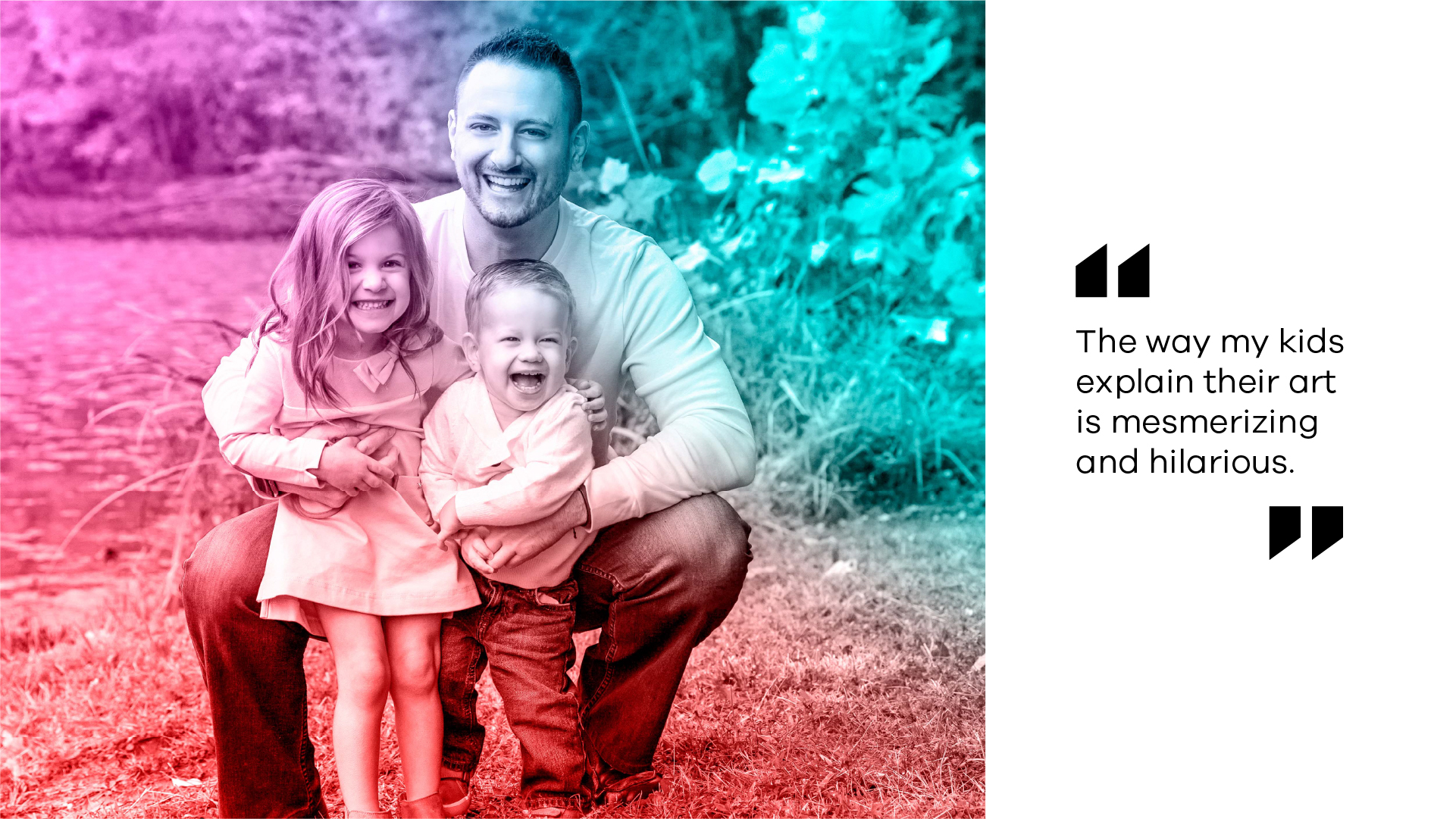
Q: How do you fuel your creativity in other aspects of life?
A: I look for new inspiration in weird places. We’re creatures of habit, so I try to resist the urge to do things over and over again the same way. Sometimes I drive a detour. Or cook a meal adding my own ingredients. Strike up conversations with strangers by asking them obscure questions. Music helps. There’s a magical mathematical formula to music. Switching genres and moods can weave my mind into different places.
Q: How would you describe your job to a group of five-year-olds?
A: I often volunteer for Career Day at my mom’s elementary school. The first thing I start with is, “Someone designed everything you see.” The road signs. The video games they play. The shirt they’re wearing. Justin Bieber’s haircuts. Pokemon cards. All the awful graphics added to Tik Tok videos. I focus to what the kids know and like. Within 60 seconds, I have an entire classroom of 4th graders telling me about my own job.
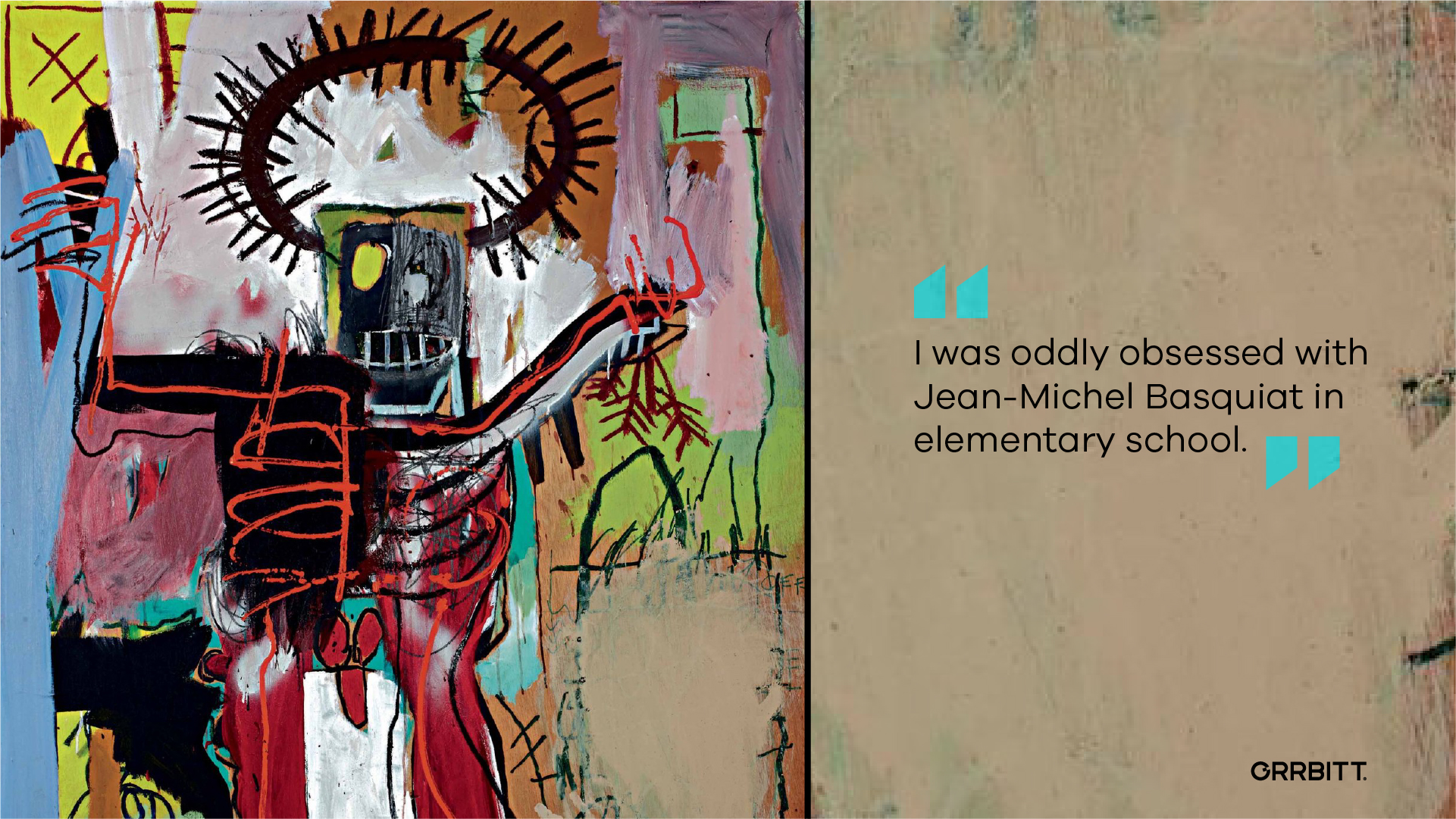
Q: Everyone gets “writer’s block” or “creative funk”. What’s your slump-buster method or approach?
A: I wait until the middle of the night when everyone is asleep. It’s the vampire method. But instead of blood, I crack open a dark, heavy ale. Phones stop vibrating. Notifications are auto-silenced. If the weather is nice, I go to my back deck. Nocturnal animal noises are quite soothing if you pay attention.
Q: In a state of creative output, what are you listening to?
A: Usually FOALS – favorite band of all time. But sometimes I can’t know the lyrics or beat if I’m in deep-think-mode. I love metal, and often instrumental atmospheric metal. Hans Zimmer film scores are great. Hard rock, prog rock, alternative, sludgy southern rock. Dancey electro dream pop lol. Phil Collins forever. The Weeknd is phenomenal. Michael Bolton’s Christmas album lol. I’m addicted to Spotify and finding new music. If you turn on Country music in my presence, I will walk out.
Q: Aliens, yes or yes?
A: Cavemen painting UFOs and aliens is all the proof we need. But on a serious-but-who-the-hell-knows note, I sometimes think clandestine science has secretly unlocked the power of antigravity propulsion systems. A lot of UFOs – pardon, “Unidentified Aerial Phenomenon” (UAPs) – seen the past decade might just be military drones. I think we’ll find out in my lifetime. Hopefully we don’t need Randy Quaid to ram that plane into the Mothership.
